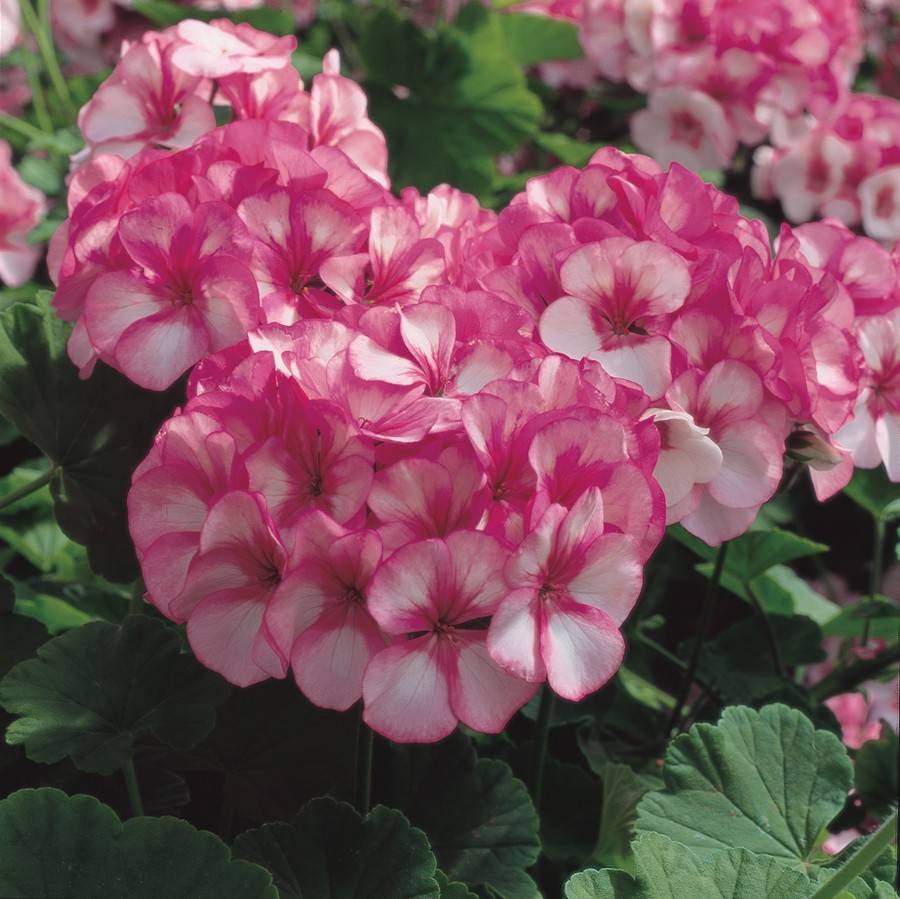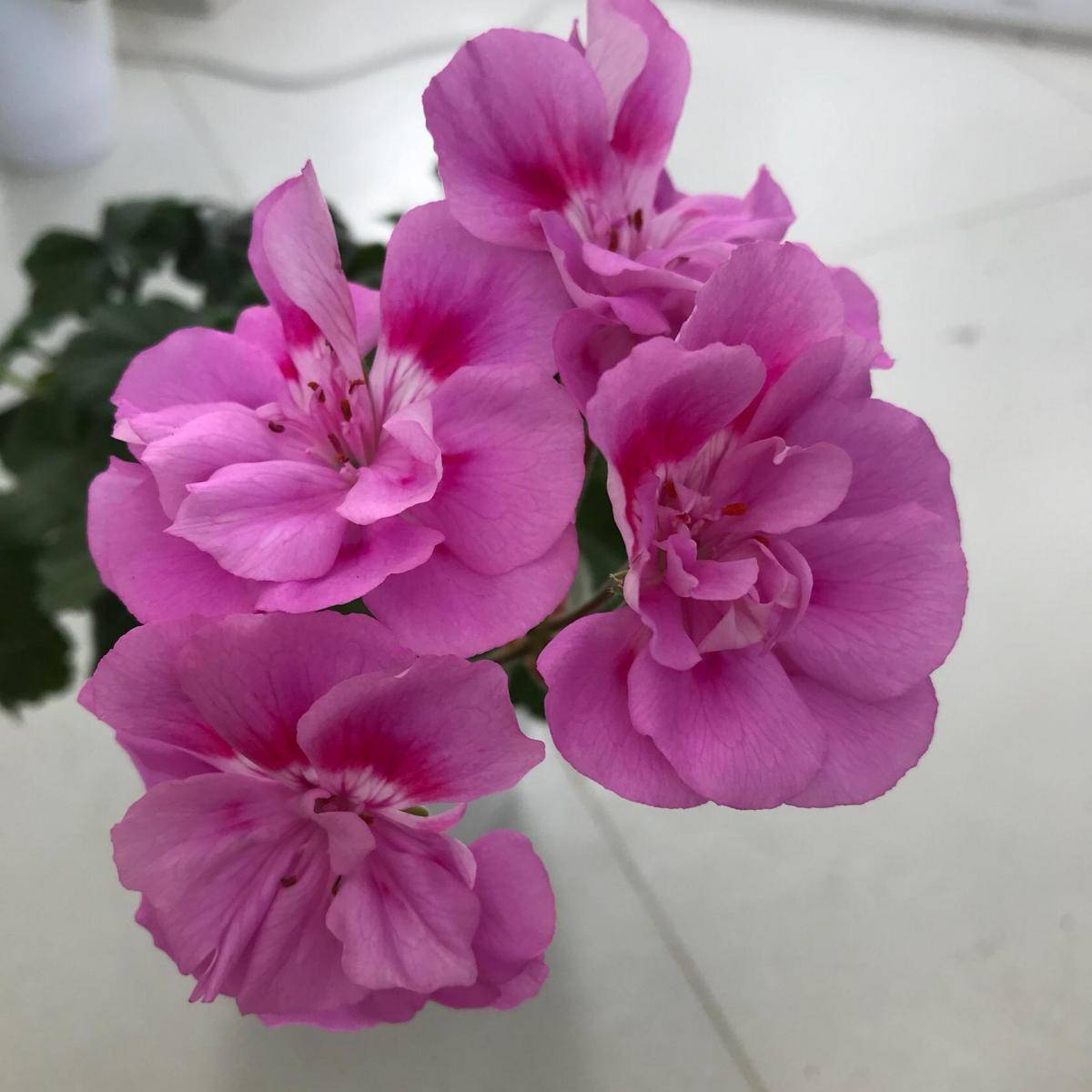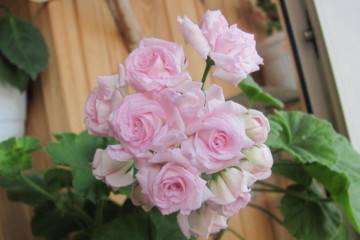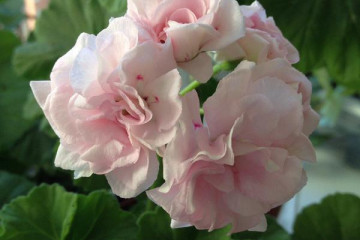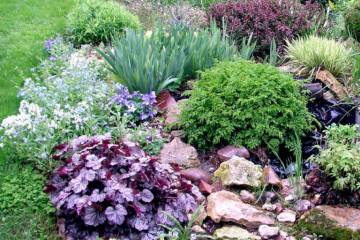Pelargonium zonale - description
Content:
Graceful ornamental plants adorn any room. Pelargonium zonal blooms for six months and has lush foliage. Its main feature is unpretentiousness.
Description of pelargonium
Pelargonium zonale (Pelargonium Zonale) belongs to the Geranium family and to the Geranium genus, which has 400 different representatives. Visually, these species bear little resemblance to indoor plants. Therefore, it is not entirely correct to call zonal pelargonium geranium from a scientific point of view, but in the everyday sense such a term can be used.
Origin
The homeland of the plant is Africa, and pelargonium was brought to Europe only in the 17th century. They began to plant these flowers in Holland. Today, thanks to serious breeding work, a variety of varieties have been bred.
Pelargoniums began to appear in botanical gardens in different countries and in private collections. Due to constant breeding, the original characteristics of the plant were lost, but in the end it was possible to obtain specimens with unusual leaf color and aesthetic flowering.
Today, zonal pelargonium (geranium) is very popular among flower growers from all over the world.
Not everyone knows the history of the origin of the name "zonal pelargonium" and what it means. It's all about the unusual color of the leaves - they have a pronounced dark "rim". It can be brown, purple, dark green, chocolate, burgundy.
There is one classification and it is based on the division by height. Mini-geraniums do not exceed 13 cm in length, dwarf - 20 cm, medium - 60 cm, tall - 80 cm.
It is best to divide pelargoniums by varieties, but in this case, you need to carefully study the description of each species.
Popular varieties
Thanks to long-term selection work, which has not stopped until now, the florist can choose different pelargoniums. They differ in size, color and shape of the inflorescences.
"Yu jiga"
A common standard option. Straight stem, the plant reaches medium height. Inflorescences are dense, double, delicate coral shade. Pelargonium Yu Jiga will delight any indoor plant lover with its flowering.
Lake
An unpretentious variety, which is distinguished by spherical salmon-colored inflorescences, the edges of the petals are slightly lighter. The leaves are rounded with a brown zone. Pelargonium reaches medium size.
Rafaella F1
Compact plant, whose height does not exceed 30 cm. Adapted for growing in flower beds, balconies and in the room.
Terry flowers can be colored milky, peach, orange or scarlet.
The variety is quite new and therefore difficult to find on sale. Pelargonium is adapted to different conditions, therefore it tolerates heat and cold.
Bold Gold
Suitable for growing outdoors and at home. Differs in abundant flowering, leaves are light green with a brown ring in the center. The color of the inflorescences includes all shades of pink and red.
Other varieties
Pelargonium Lara Harmony has double purple flowers. Large umbellate inflorescences appear from early spring to late autumn. Differs in miniature size. Lara Harmony is a pelargonium with flowers that resemble a rose.
Minx is also characterized by small growth and bright scarlet inflorescences. Against the background of dark foliage, they stand out especially.
Each variety has its own characteristics. You can collect a unique collection of plants, which will differ in color and size of the inflorescences. For example, Pelargonium Silk Swan is compact, has a thick stem, dense leaves, white flowers.
Pelargonium Lara Delight is medium in size, and the inflorescences are fuchsia with a white center. This variety is not as lush as the others, but it has a beautiful color.
- Pelargonium Lara Delight will appeal to lovers of everything bright and attractive. You can look for varieties with a calmer color. Large plants can be used to decorate the garden.
- Yu Disko is a rare and not so popular pelargonium. She has soft pink inflorescences and they are collected in small umbrellas. Tall flower stalks make the globular flowers noticeable among other plants.
- Pelargonium Yu Knyaginya has a similar color, but the inflorescences are rosebud and with slight light shades of pink. Over time, the petals begin to curl up into a tube, which gives the plant an unusual look.
- Yu Kathak is a pelargonium with an unusual leaf color. There is a brown border on the yellow background. The inflorescences themselves are terry, bright red. The variety is large and easily tolerates pruning.
Care features
In order for the zonal pelargonium to bloom as long as possible, it needs to create the right environment. Without her, she will not grow.
Shine
The plant does not tolerate darkness, but excessively bright light is contraindicated.
It is better to put a pot with zoned pelargonium Yu Bolero or any other in a place where only scattered sunlight penetrates.
In summer, you need to maintain the temperature at 20 ° C, in winter - 15 ° C. A strong decrease will lead to the fact that Pelargonium Yu Shirin and other varieties will begin to shed flower stalks.
Watering
Pelargoniums can tolerate short-term drought, but do not take too long breaks between watering. Usually 2-3 times a week in summer is enough, in winter the plant is given a little respite and watered less often.
Pelargonium does not need constant spraying.
Top dressing
For a plant, you can use a universal soil or mix sod, leafy soil and peat in equal parts. The pot should be 1 cm larger than the root ball.
During the flowering period, pelargonium (geranium) zonal requires some care at home. It needs to be regularly watered with mineral complex fertilizers, which contain large amounts of potassium and phosphorus.
Fertilizer is applied every two weeks throughout the entire flowering period.
Pruning
All dried peduncles must be removed and immediately removed, as they waste the power of pelargonium. After the end of flowering, all shoots are cut to 1/3 of the length - this allows you to stimulate the growth of side shoots.
With the help of pruning, it will turn out to form a crown, and the cuttings are suitable for growing new pelargoniums.
Bloom
Basically, pelargonium blooms from spring to late summer. The dormant period lasts from autumn until the end of winter.
Periods
During rest, the daylight hours are reduced to 12-13 hours, pelargonium is watered a little less often and the air temperature is lowered. In the same period, the plant is pruned. You cannot transplant the flower and fertilize it.
By spring, daylight hours and the number of waterings are gradually increased. In March, the usual care for pelargonium begins. At the same time, the first fertilizing is introduced and, if necessary, transplanted.
In September, the plant begins to prepare for the dormant period. Reduces the number of waterings and the duration of daylight hours.
Features of flowers
All zonal pelargoniums can be conditionally divided into three groups - non-double, semi-double, double. It all depends on how many petals the flower has. Specimens with eight or more petals look the most beautiful.
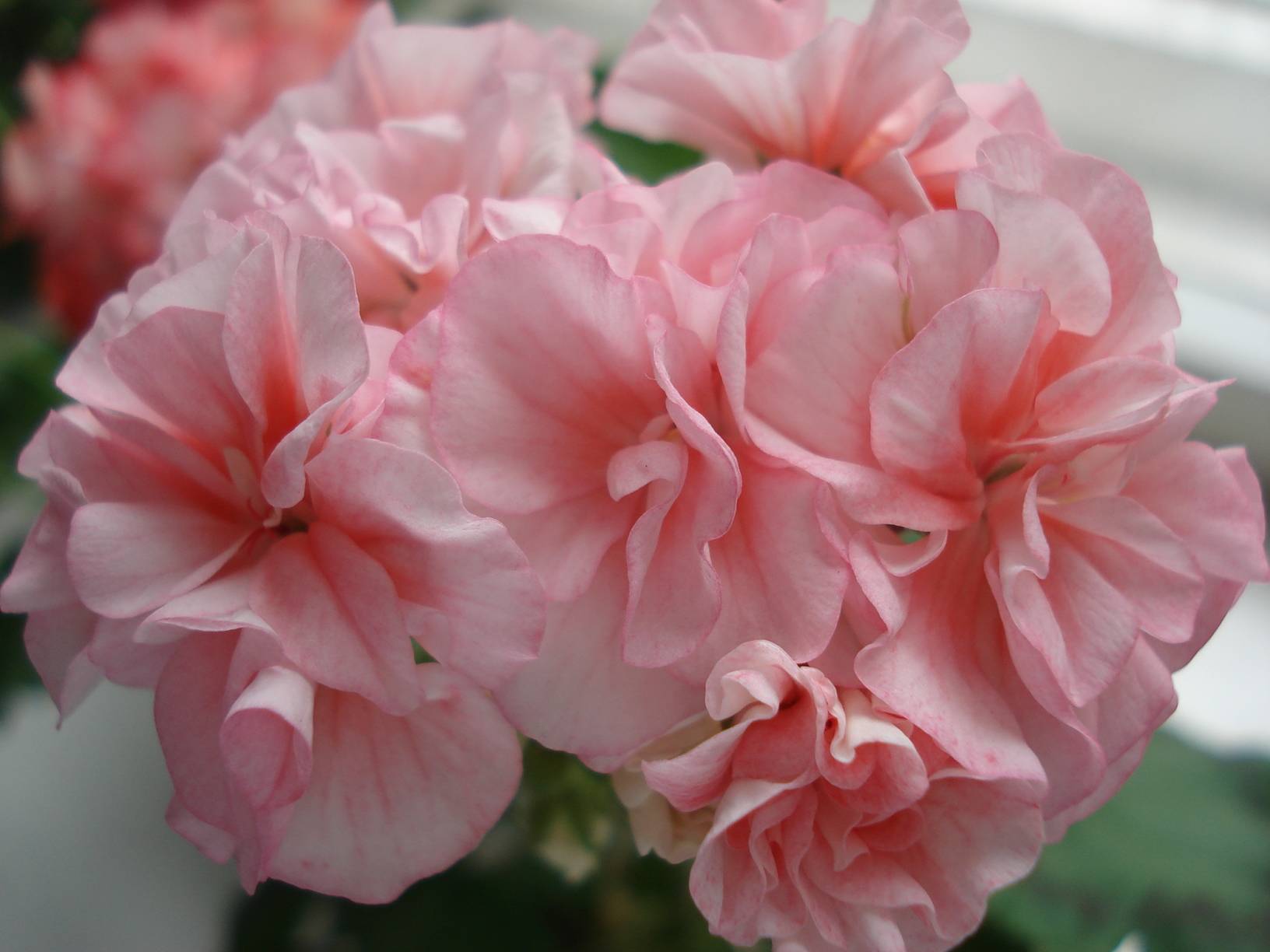
Often the owner does not know the name of the variety and is guided only by the peculiarities of flowering.
There is another classification, which is based on the structure of the inflorescences. They can be like roses, tulips, carnations, stars.
Separately, there are varieties that bloom like cacti.
Reproduction
Many pelargonium owners want to get new pieces for their collection. The plant is bred in two ways - cuttings or seeds. Each has its own pros and cons.
Cuttings
The easiest option - after pruning, the branches are cleaned from the bottom sheets and placed in water. After that, it remains to wait for the appearance of the roots.
Some growers recommend planting cuttings directly in the ground.
They are deepened to a depth of 2-3 cm, after which they are carefully watered. Germination can take several weeks.
Seeds
This method allows you to get rare varieties, but it requires a lot of time and special cultivation skills. It is easy to collect the seed - you need to wait until dry bolls form in place of the peduncles. There will be seeds in them.
It is better to grow them in the spring. For this, one seed is placed in small pots and sprinkled with earth. From above they are covered with a bag or glass, which create a greenhouse effect.
Diseases and pests
People do not always know what a particular symptom in a plant means. Leaves may wither, turn yellow or dry out due to improper care or disease.
- When waterlogged, gray spots appear on pelargonium - this is a sign of gray rot. The damaged parts are removed and the plant is replanted.
- If the branches are constantly stretched, and the peduncles do not appear, then this indicates a lack of light. Pelargonium should be trimmed and placed in a lighted place.
- Reddening of the leaves occurs at low temperatures. In this case, you need to cut off the damaged areas and move the pot to a warm place.
Pelargonium can be infested with pests. In dry air, plants are affected by spider mites. It can be easily identified by the fact that the leaves begin to dry and cobwebs appear on the branches. To get rid of this pest, all plants need to be treated with Aktara insecticide.
Mealybugs can be detected by their characteristic white bloom on the leaves. Pelargonium is gently washed, cleaning off the stains, and the soil is spilled with "Aktara", after which all the green mass is sprayed. It is important to review the conditions for keeping geraniums and avoid waterlogging of the soil.
The tiny white butterflies are the whitefly. You can get rid of it with the help of insecticides. Three times a week, you need to shed the soil with a diluted preparation. Such processing is enough for a long time.
Zonal pelargoniums are distinguished not only by the unusual color of flowers, but also by beautiful leaves. With proper care, the plant will bloom for up to six months.
